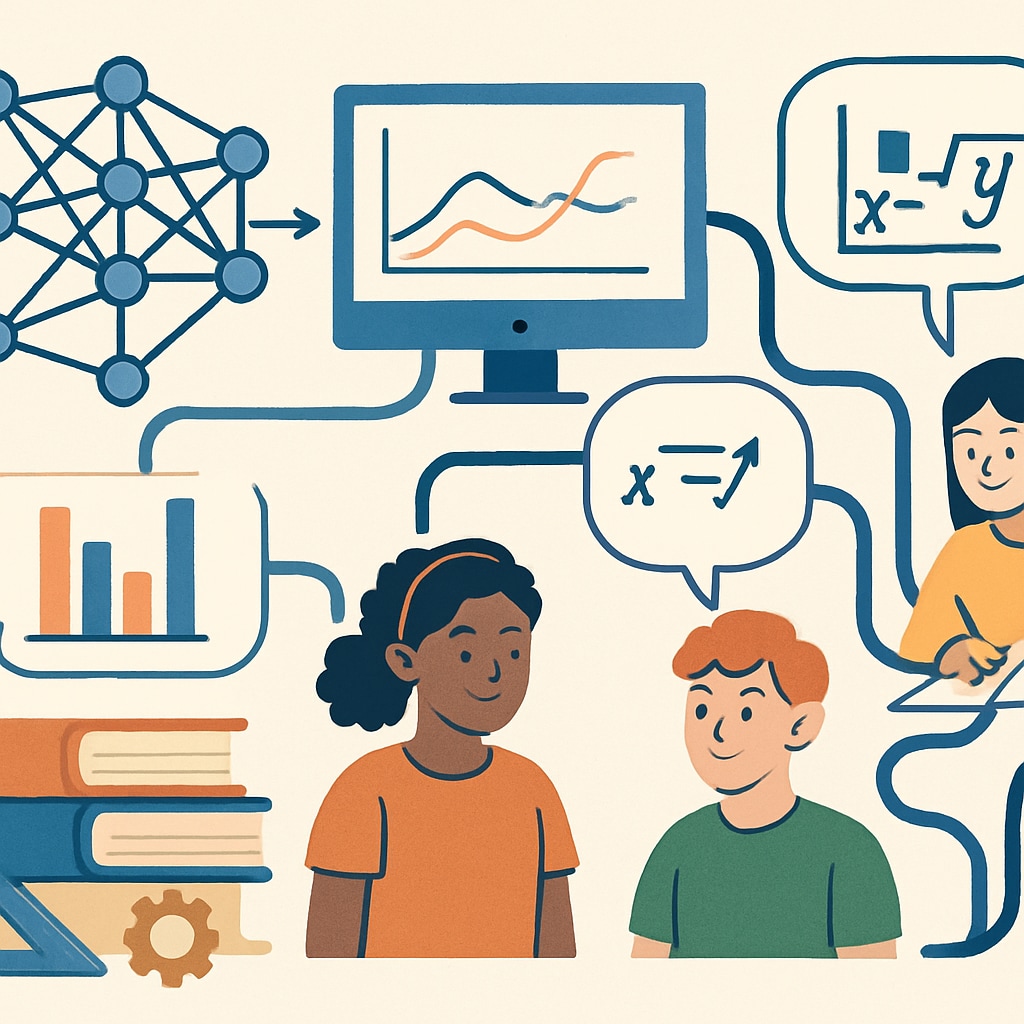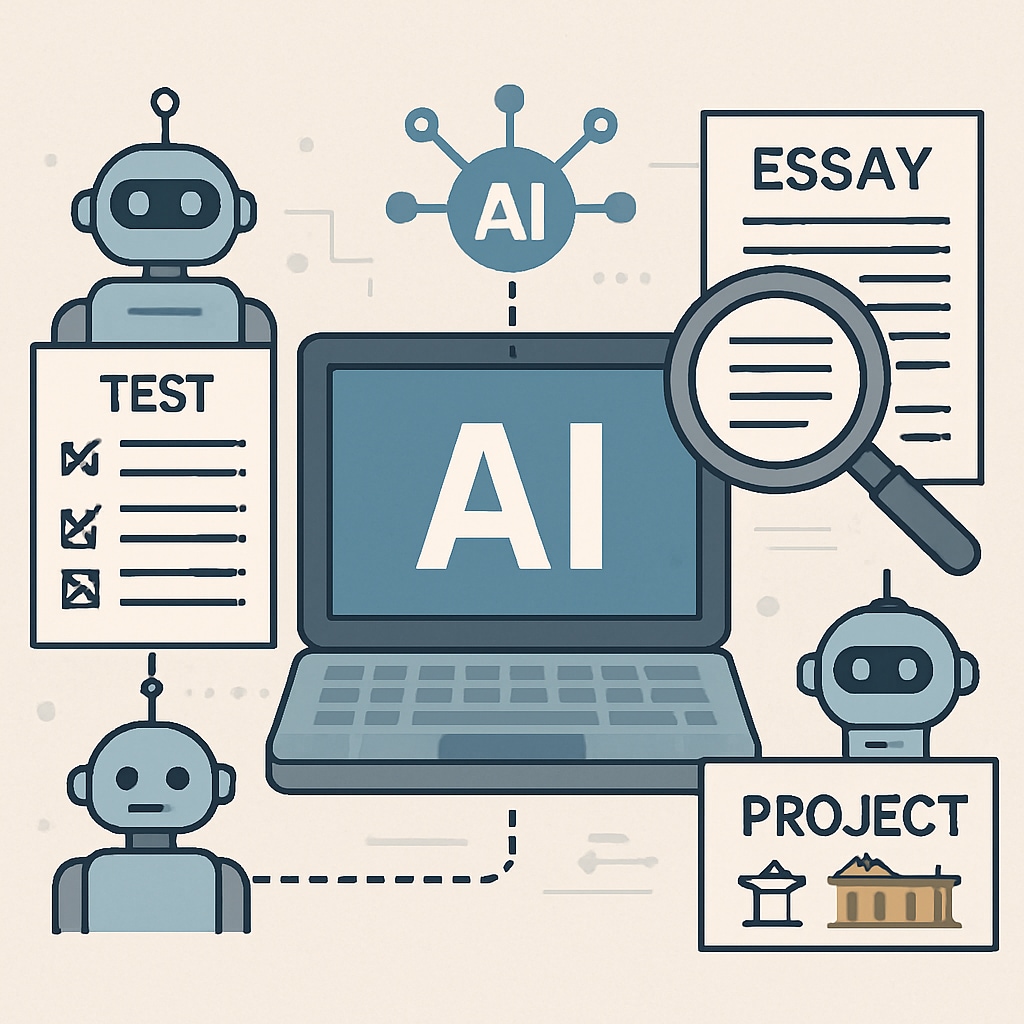Artificial intelligence, education, future impact—these interconnected forces are redefining the K12 learning environment. Over the next 5-10 years, AI is predicted to drive significant changes in how students learn, how teachers teach, and how educational success is measured. This article explores five key ways artificial intelligence is shaping the future of K12 education systems, offering both opportunities and challenges.
1. Personalized Learning Paths Powered by AI
One of the most significant contributions of AI in education is its ability to tailor learning experiences to individual students. AI-driven systems can analyze a student’s learning style, pace, strengths, and weaknesses to create customized lesson plans. For example, platforms like Khan Academy already utilize algorithms to adapt content to student performance.
Moreover, AI tools can provide immediate feedback, enabling students to correct mistakes in real time and deepen understanding. As a result, personalized learning paths foster student engagement and help close achievement gaps.

2. Redefining the Role of Teachers
While AI can never replace the empathy and interpersonal connection of human educators, it is transforming their roles. Teachers can leverage AI tools to automate administrative tasks like grading and attendance tracking, freeing up time to focus on mentorship and student development.
In addition, AI-driven analytics can provide teachers with insights into classroom dynamics, identifying students who may need extra support or those excelling and ready for advanced challenges. This shift enables educators to transition from traditional teaching roles to becoming facilitators and guides in a tech-enhanced learning environment.
3. Innovative Assessment Models
Traditional standardized tests often fail to capture a student’s full potential or creativity. AI is introducing new ways to assess student progress through adaptive testing, project-based evaluations, and even gamified learning environments. These methods offer a more holistic view of a student’s abilities.
For instance, AI-powered tools can evaluate written assignments, presentations, and group projects with greater objectivity and efficiency. Such advancements promise a fairer and more comprehensive assessment framework.

4. Bridging Educational Inequities
AI has the potential to democratize education by providing access to quality resources for underserved communities. Through online platforms, students in remote areas can access world-class educational materials and virtual tutors. Organizations like Britannica Learning are pioneering efforts to make learning accessible to all.
However, challenges such as infrastructure limitations and the digital divide must be addressed to ensure equitable AI implementation across diverse settings.
5. Preparing Students for a Future Shaped by AI
As AI becomes integral to industries worldwide, K12 education must adapt to prepare students for careers in an AI-driven economy. Coding, data analysis, and AI ethics can become core components of modern curricula, enabling students to thrive in technology-centric professions.
Moreover, fostering critical thinking and problem-solving skills will be crucial as students learn to work alongside intelligent systems rather than being replaced by them.
In conclusion, artificial intelligence, education, and future impact converge to create transformative opportunities in K12 systems. While the potential benefits are immense, educators and policymakers must navigate challenges such as data privacy, teacher training, and accessibility to ensure AI serves as an ally in advancing education for all.


